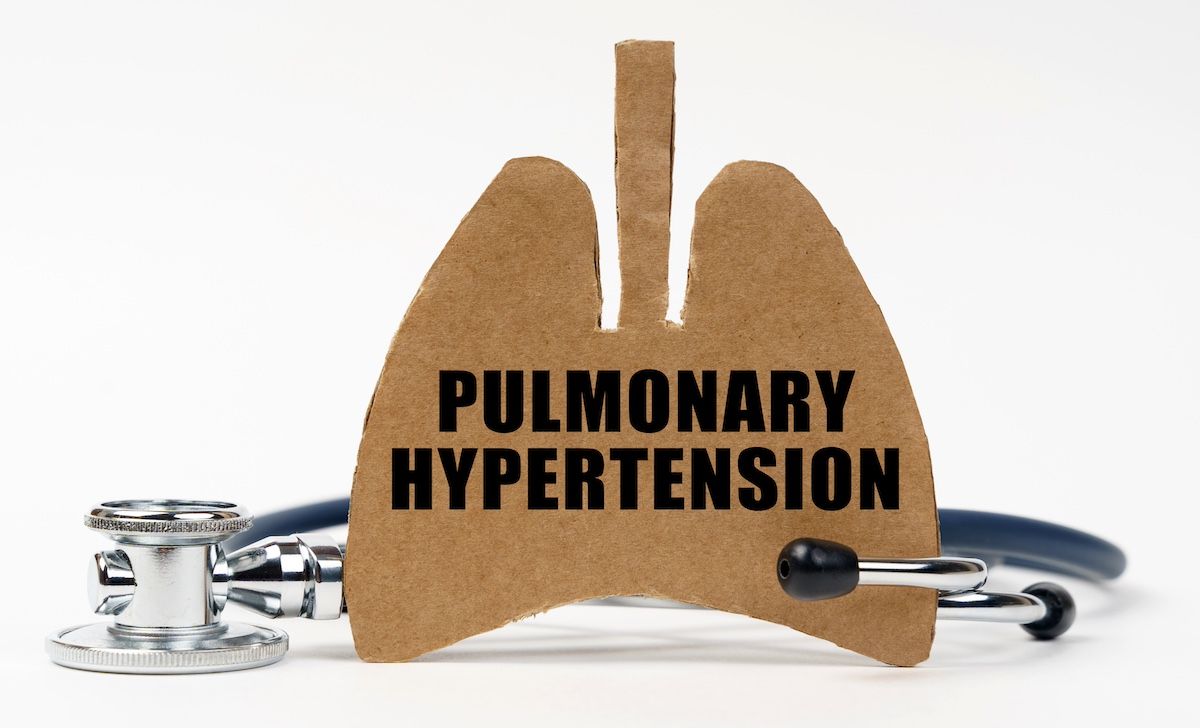News
Article
CTEPH Treatment, Management Varies Widely Across Globe
Author(s):
A new report shows wide variability in terms of which patients with chronic thromboembolic pulmonary hypertension (CTEPH) are deemed eligible for pulmonary endarterectomy and balloon pulmonary angioplasty.
Recent medical advances have improved the treatment of chronic thromboembolic pulmonary hypertension (CTEPH), but a new report shows wide variability in which patients receive which therapies.
The study was published in the journal Pulmonary Circulation.1
New and existing treatments can significantly improve outcomes for patients with CTEPH, noted the study authors. However, they also said treatment decisions can depend on a number of factors, and many patients are deemed ineligible for some of the most effective therapies.
For example, pulmonary endarterectomy (PEA) can lead to long-term improvement in most patients, but the investigators said some patients refuse the procedure, and others are ineligible due to distal disease or an unfavorable risk profile. Additionally, about a quarter of patients require additional intervention even after PEA.
Treatments for chronic thromboembolic pulmonary hypertension depend on several factors, which include patient refusal or ineligibility because of distal disease | Image Credit: Dzmitry - stock.adobe.com

Patients who cannot undergo PEA or who have symptoms following the procedure can benefit from balloon pulmonary angioplasty (BPA), they added. Several drugs have also been shown to lead to improvement in some patients with CTEPH, including the oral guanylate cyclase stimulator riociguat (Adempas; Bayer), and some physicians prescribe off-label use of therapies designed to treat pulmonary arterial hypertension, they said.
Yet, the study investigators said there remains a lack of consensus about the optimal therapeutic targets for patients, the ideal sequencing of therapies, and the role of medical therapy in the preoperative and interventional settings. In the absence of that consensus, they sought to better understand what is happening in real-world practice.
The authors used the CTEPH Global Cross-Sectional Scientific Survey (or CLARITY) survey, which included 110 closed- and open-ended questions and was available in 12 languages. It was distributed via 21 international, regional, and global scientific societies between September 2021 and May 2022. Recipients were asked to complete the survey if they were involved in the treatment of acute pulmonary embolism or CTEPH.
In all, 416 people responded to the survey. The new data are based on the 212 responses from clinicians who said they were involved in the treatment of CTEPH. Most respondents (approximately 71%) were from the Asia-Pacific region or Europe. Half were pulmonologists and 37% were cardiologists. Other respondents indicated they specialized in cardiothoracic surgery, internal medicine, vascular medicine, hematology, and radiology. A plurality of respondents (46%) said they had been working in their specialization between 15 and 29 years. Most said they were at centers that performed up to 50 PEA and/or BPA procedures per year.
The investigators found wide variation when they asked about the proportion of patients with CTEPH who were deemed eligible for PEA. In Europe, North America, and South America, more than half of respondents said that at least half of their patients in the previous year were deemed eligible for PEA. However, only 9% of respondents from the Asia-Pacific region said a majority of their patients were eligible.
In terms of carrying out the procedure, European and North American respondents said more than half of their patients with CTEPH underwent PEA, while most respondents from South America and the Asia-Pacific region said they performed the procedure on less than half of their patients with CTEPH.
When asked why patients eligible for PEA refused the procedure, the most common reasons were fear of adverse events, a preference for BPA, a lack of awareness about the treatment and outcomes, and concerns about the costs of the procedure and/or the hospital stay.
In terms of BPA, respondents from the Asia-Pacific region were more likely to report higher proportions of patients as eligible for the procedure. In Europe, North America, and South America, most respondents said a minority of patients were eligible for BPA.
Asked about the treatment goals for BPA, most respondents said quality of life, improved New York Heart Association functional class, symptom relief, and improved right ventricle function.
The study authors found that the use of medications such as riociguat was common, but also varied.
The investigators also said their findings suggest that right heart catheterization is underutilized. They cited a 2022 study showing that among 103 patients in the US who underwent PEA, only 5% were subsequently given right heart catheterization.2 The authors of that study said the findings imply that patients are not being referred for full diagnostic workups despite post-PEA symptoms of pulmonary hypertension.
In all, the present investigators said, the survey shows best practices for CTEPH therapy remain unclear.
“The observed heterogeneity in treatment approaches highlights the need to address access barriers to PEA and BPA, taking into consideration country-specific health care system factors, including the financing and organization of care,” the investigators concluded. “In addition, the optimal sequence of multimodal therapies, taking into account the disease distribution, patient status, and respective treatment goals, warrants further research.
References
1. Skoro-Sajer N, Sheares K, Forfia P, et al. Treatment and management of chronic thromboembolic pulmonary hypertension (CTEPH): a global cross-sectional scientific survey (CLARITY). Pulm Circ. 2024;14(2):e12406. doi:10.1002/pul2.12406
2. Butler O, Ju S, Hoernig S, Vogtländer K, Bansilal S, Heresi GA. Assessment for residual disease after pulmonary endarterectomy in patients with chronic thromboembolic pulmonary hypertension. ERJ Open Res. 2022;8(2):00572-2021. doi:10.1183/23120541.00572-2021




